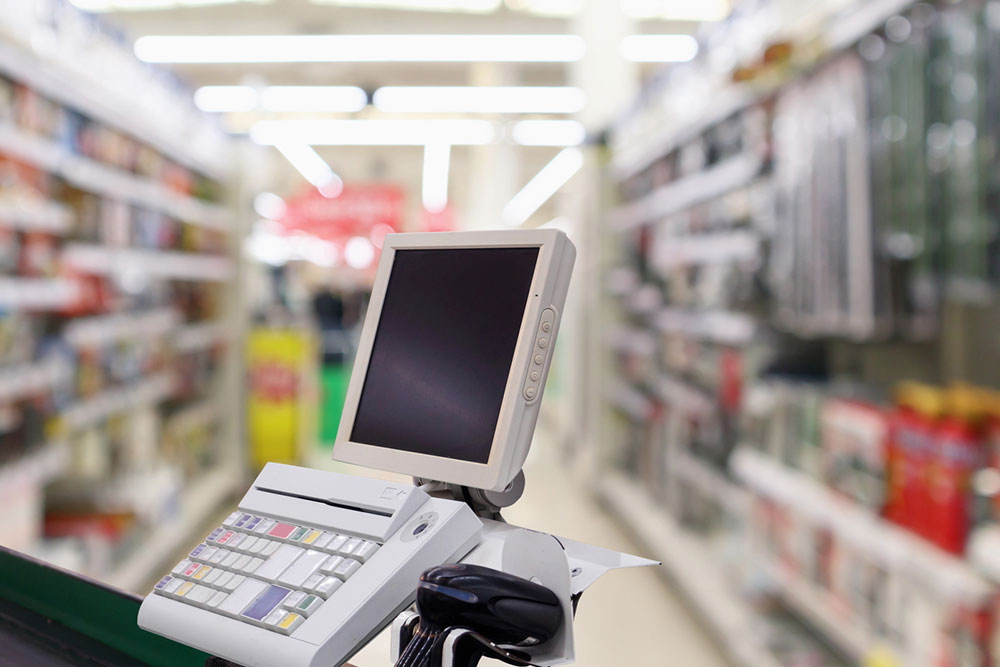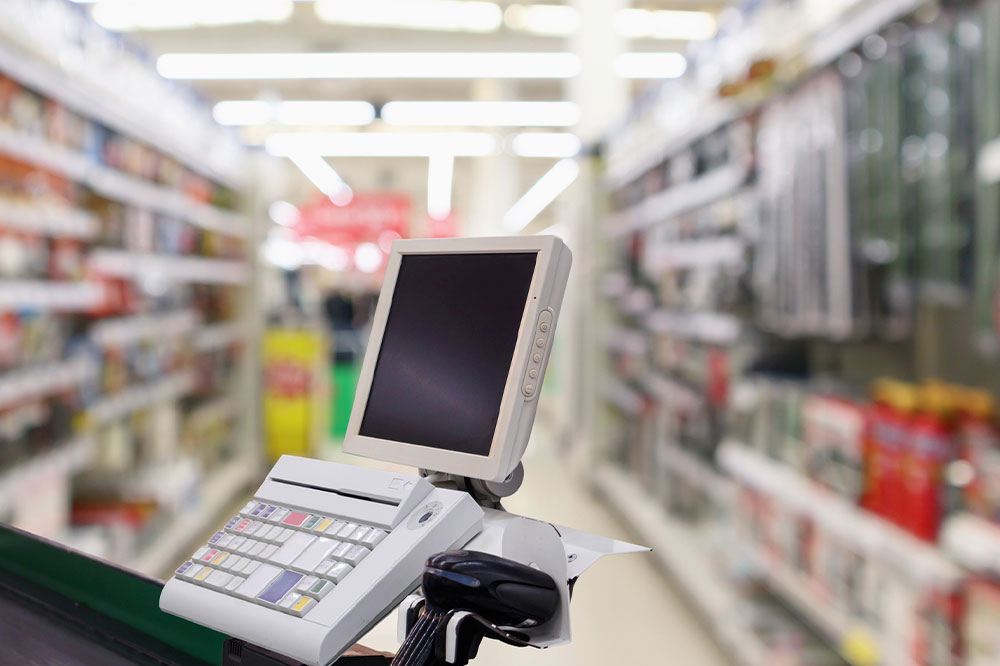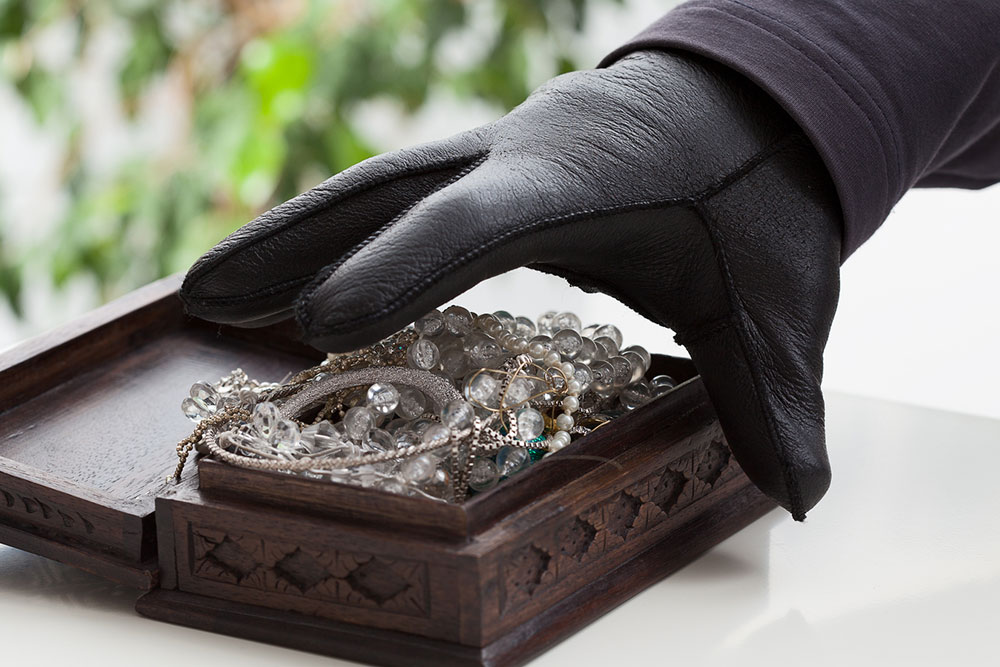7 reasons why POS systems are better than cash registers

Point-of-sale (POS) systems are electronic devices that businesses use to process customer transactions. In many establishments, manual cash registers have been replaced by POS terminals, which process not only cash transactions but also debit and credit card payments. POS systems can also automate multiple tasks for businesses, something cash registers cannot do. Although cash registers were indispensable about two or three decades ago, they have been overshadowed by POS machines for valid reasons.
1. More detailed reports and quicker checkout
POS systems can store information quickly and handle more payment-related data than cash registers. The reports generated by POS tools are highly detailed, offering information on sales, items, time logs, etc. One using these tools can pull up reports from multiple terminals and lanes from a centralized location, say, the back office. POS systems make it a cakewalk for businesses to get real-time updates from any terminal. In addition to detailed and quick transaction reports, POS machines enable cashiers to scan, modify, complete, and record transactions, all by using a barcode scanner connected to the system. Scanning a barcode is several times faster than manually typing in the details of a transaction on a computer. Another benefit of POS systems is that they can be set up to carry out refunds, void sales, or print bills with the press of a button.







